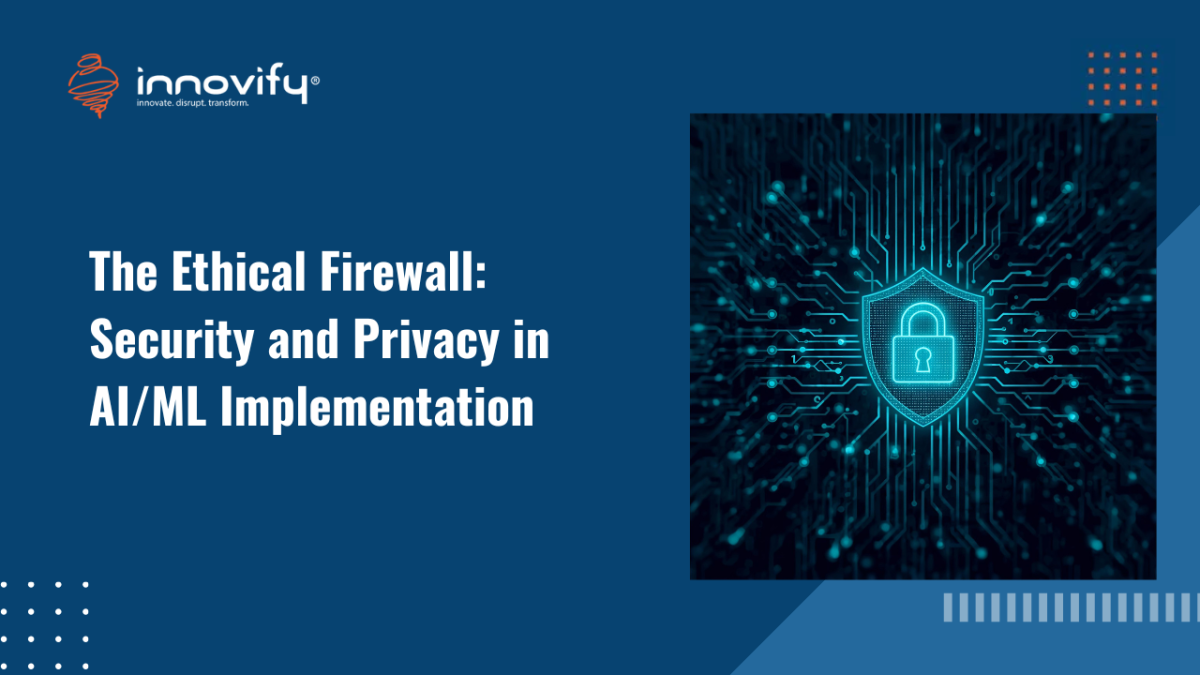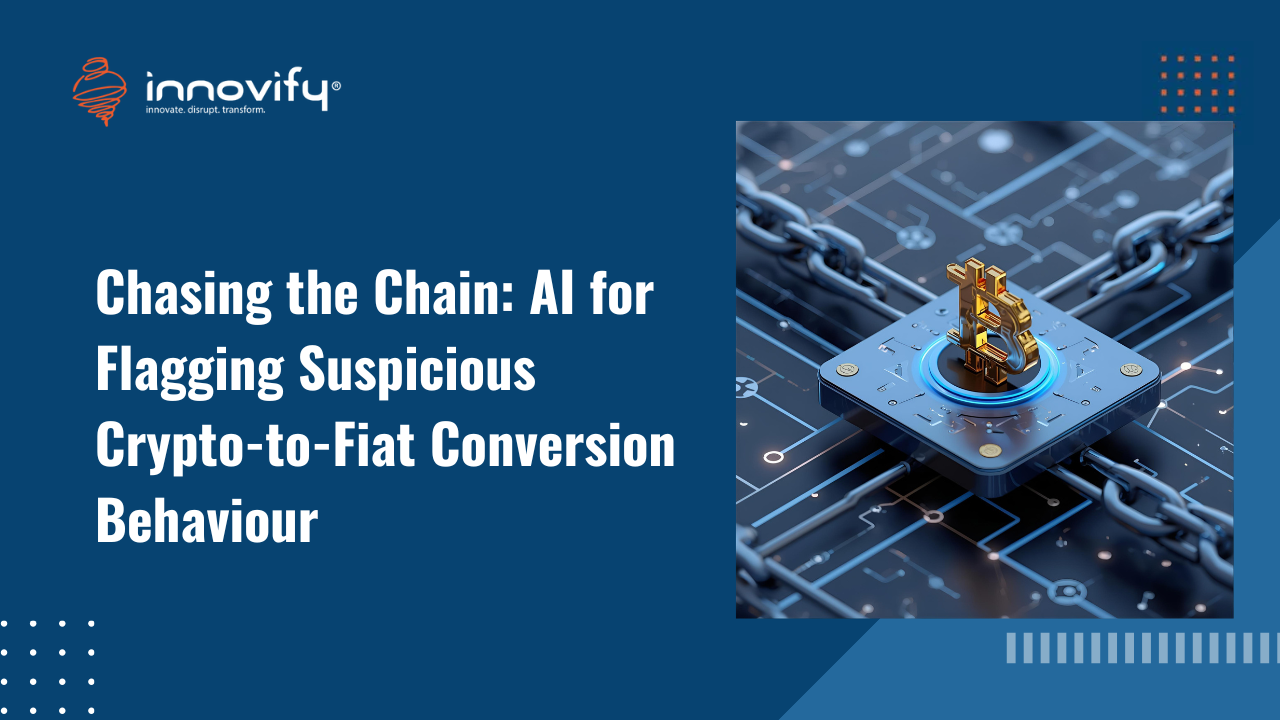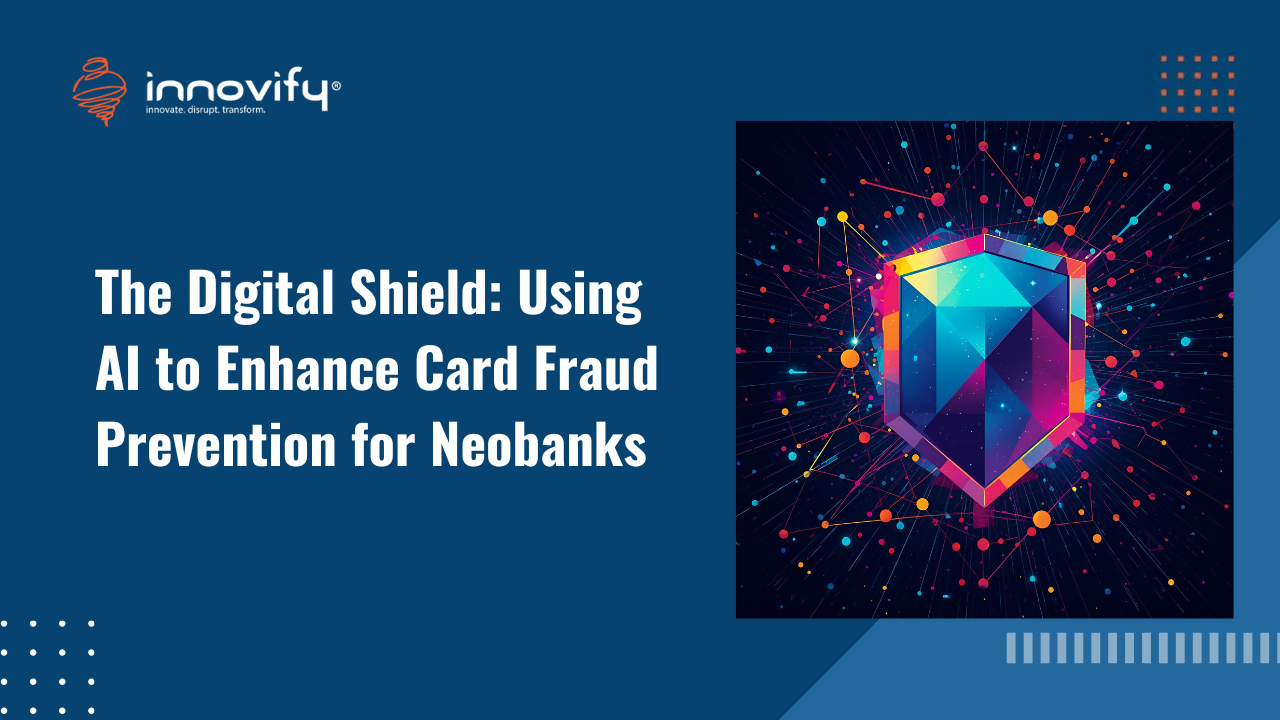AI/ML
The Ethical Firewall: Security and Privacy in AI/ML Implementation
Security and privacy in AI/ML implementation
Artificial Intelligence (AI) and Machine Learning (ML) are powerful engines of insight, but they are also ravenous consumers of data – often sensitive customer, financial, or proprietary information. The security and privacy risks associated with AI/ML are not simply extensions of traditional software security; they are amplified because the threats exist not just at the infrastructure layer, but within the data, the model’s logic, and the inference process itself. For any responsible enterprise, integrating robust security and privacy considerations in AI/ML implementation is not an afterthought or a compliance checkbox; it is a fundamental design principle and a necessary ethical firewall. Ignoring these risks transforms promising innovation into a major liability.
The Dual Threat: Data and Model Vulnerabilities
AI systems face a spectrum of unique security and privacy threats that must be systematically mitigated throughout the entire development and deployment lifecycle, from raw data collection to model retirement.
1. Data Privacy, Compliance, and Inference Attacks
The core risk in AI stems from its dependency on large, often sensitive, training datasets.
- Regulatory Compliance Complexity: Compliance with evolving global data protection regulations like GDPR, CCPA, and HIPAA is non-negotiable. This requires mechanisms to ensure that all data used for training is collected and stored legally, consent is properly managed, and data subjects can exercise their rights, such as the Right to Be Forgotten. Simply anonymizing data is often insufficient, as AI models can sometimes be used to re-identify individuals.
- Data Leakage and Membership Inference: This class of attack exploits the model’s learned knowledge. A malicious actor can probe a deployed model (by querying its API) to determine if a specific individual’s data was included in the original training set. For highly sensitive data (e.g., medical records), this constitutes a massive privacy breach.
- Privacy-Enhancing Technologies (PETs): To mitigate these risks, organizations must embed PETs. Federated Learning allows a model to be trained on local data sources (e.g., on a user’s phone or a hospital server) without ever sharing the raw data centrally. Differential Privacy involves carefully injecting statistical noise into the training process or the model outputs to prevent the re-identification of any single individual, providing a formal guarantee of privacy protection.
2. Threats to Model Integrity and Adversarial Attacks
AI models are uniquely vulnerable to attacks that manipulate their core logic or the data they process. These are fundamentally different from traditional denial-of-service or SQL injection attacks.
- Adversarial Examples: This is one of the most chilling security threats. It involves making tiny, often humanly imperceptible, changes to input data that cause the deployed model to misclassify the input with very high confidence. For example, slightly altering pixels on a stop sign might trick an autonomous vehicle’s vision model into classifying it as a speed limit sign. For critical applications (e.g., security screening, medical diagnostics), this can have catastrophic, physical consequences. Defensive measures require adversarial robustness testing and specialized model regularization techniques.
- Model Poisoning and Backdoors: This attack targets the training process. An attacker can intentionally introduce “bad” or misleading data (a low-effort, low-cost attack) into the training set, subtly compromising the model’s overall accuracy or, worse, embedding a backdoor. This backdoor allows the attacker to trigger a specific, incorrect model of behavior later in production by introducing a unique, known pattern into the input.
- Model Extraction and Intellectual Property Theft: The deployed model itself is an asset. Attackers can probe a model’s API to observe its input-output behavior and use that information to recreate a functionally equivalent model (model stealing or extraction). Protecting this intellectual property requires strict API rate limiting, robust access controls, and potentially model watermarking.
Best Practices for a Secure and Private AI/ML Lifecycle
Mitigating these complex risks requires embedding security and privacy protocols into every stage of the MLOps pipeline, moving security from a perimeter defense to a full lifecycle approach.
3. Security by Design in the MLOps Pipeline
- Secure Infrastructure and Dependencies: All model dependencies (libraries, frameworks, containers) must be regularly scanned for vulnerabilities. The MLOps pipeline itself must be secured using principles of least privilege, with separate environments and access controls for training, testing, and production.
- Model Attestation and Integrity Checks: Every time a model is moved across environments, its integrity must be verified via cryptographic hashes to ensure it hasn’t been tampered with. This creates an auditable chain of custody from the final training step to the production inference server.
- Explainability (XAI) as an Audit Trail: Transparent model outputs are not just a UX feature; they are a security and compliance feature. Using XAI techniques allows security and legal teams to audit the model’s decisions, verify that a prediction was not based on protected characteristics, and detect potential adversarial input patterns or emergent bias.
4. Continuous Monitoring for Security and Privacy
- Real-time Input Monitoring: Production systems must continuously monitor incoming data for suspicious patterns that might indicate an adversarial attack (e.g., high-confidence predictions on highly anomalous inputs).
- Bias and Fairness Monitoring: Beyond traditional model performance metrics, the deployed model must be monitored for bias creep – where the model’s error rates or prediction patterns diverge across different demographic sub-segments over time. This is critical for preventing reputational damage and demonstrating compliance with fair lending or anti-discrimination laws.
By adopting a security-by-design and privacy-by-default approach to AI/ML, organizations can ethically harness the power of machine intelligence while protecting their customers, their IP, and their regulatory standing.
Ready to embed security and privacy into your AI strategy and MLOps pipeline? Book a call with Innovify today.




